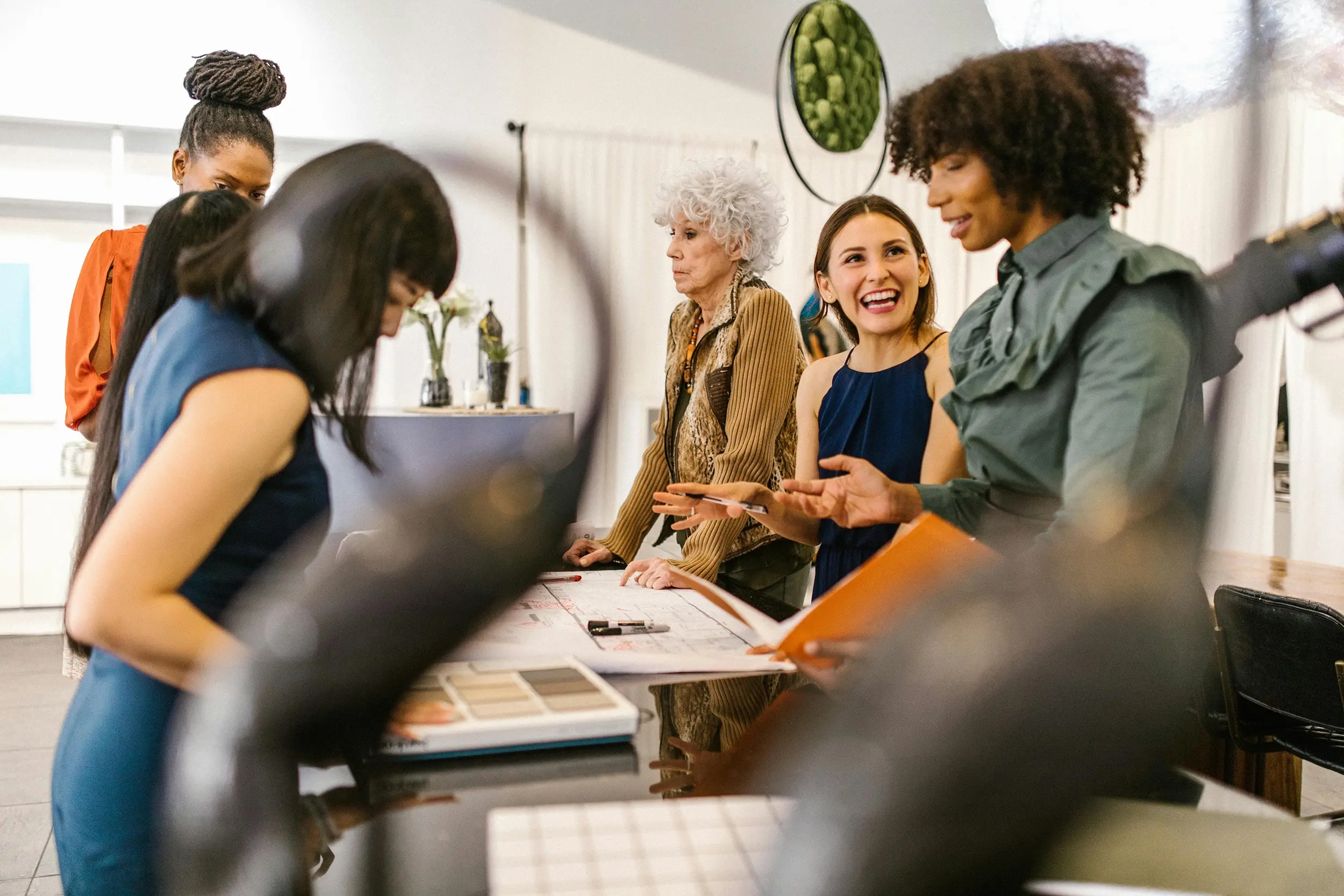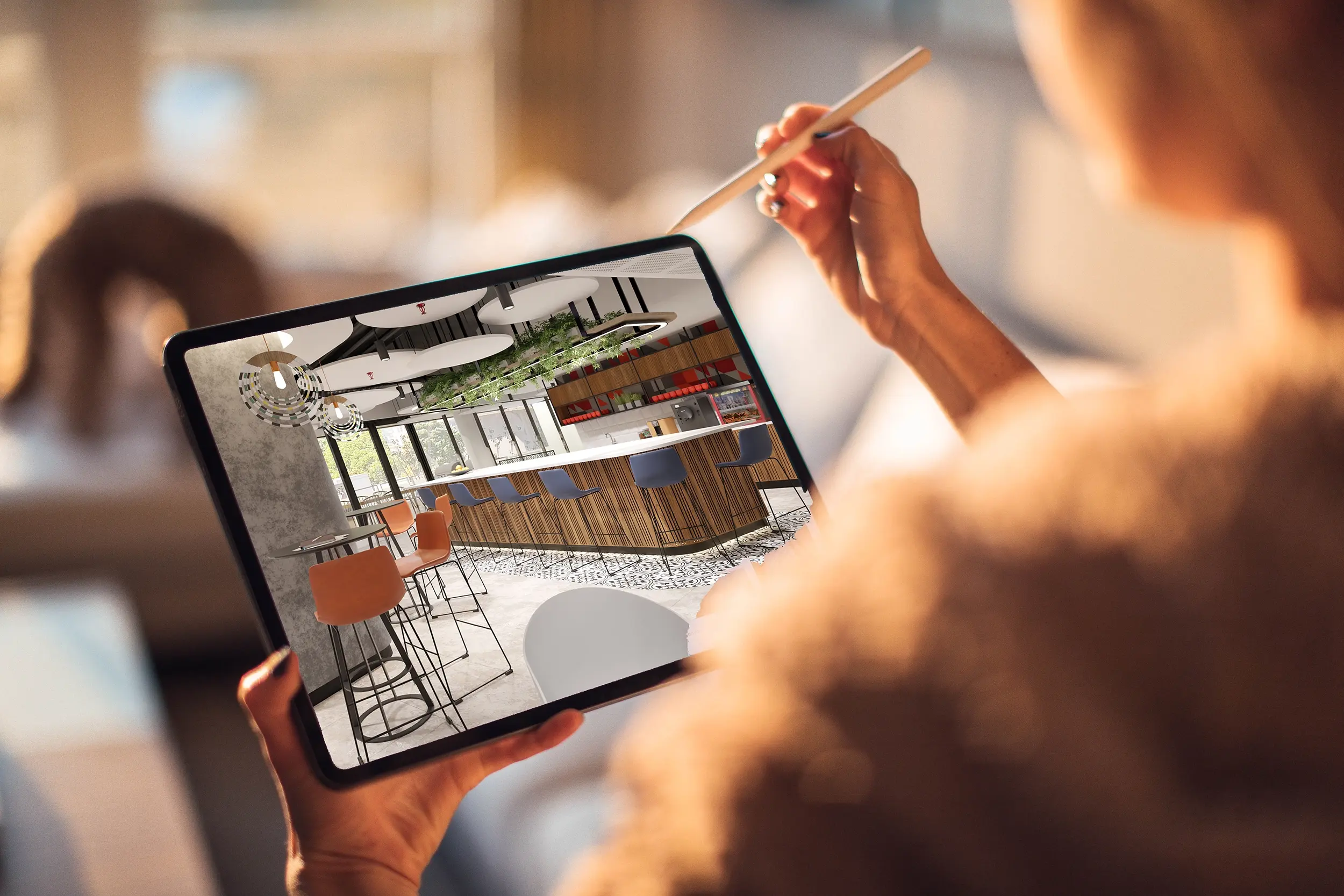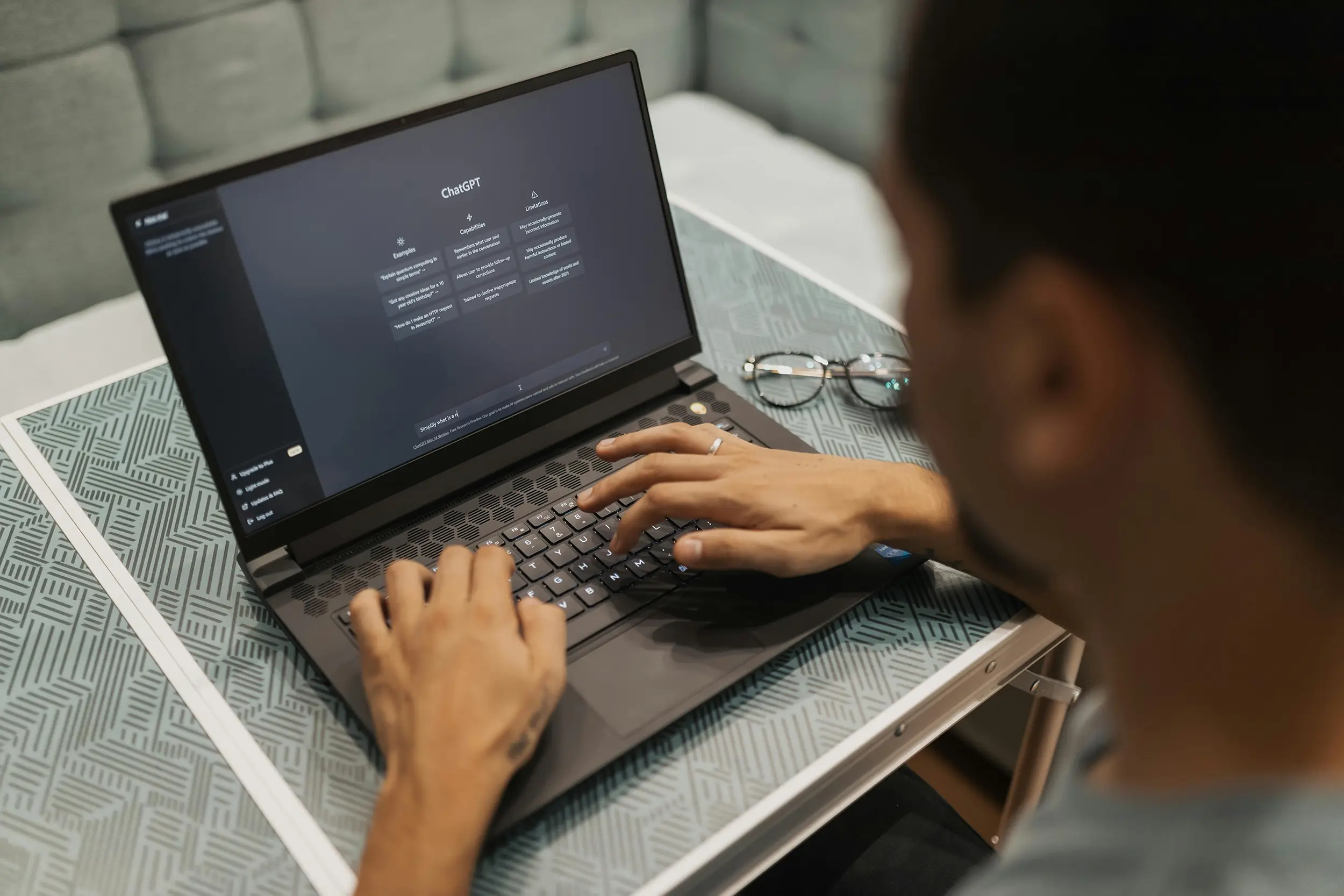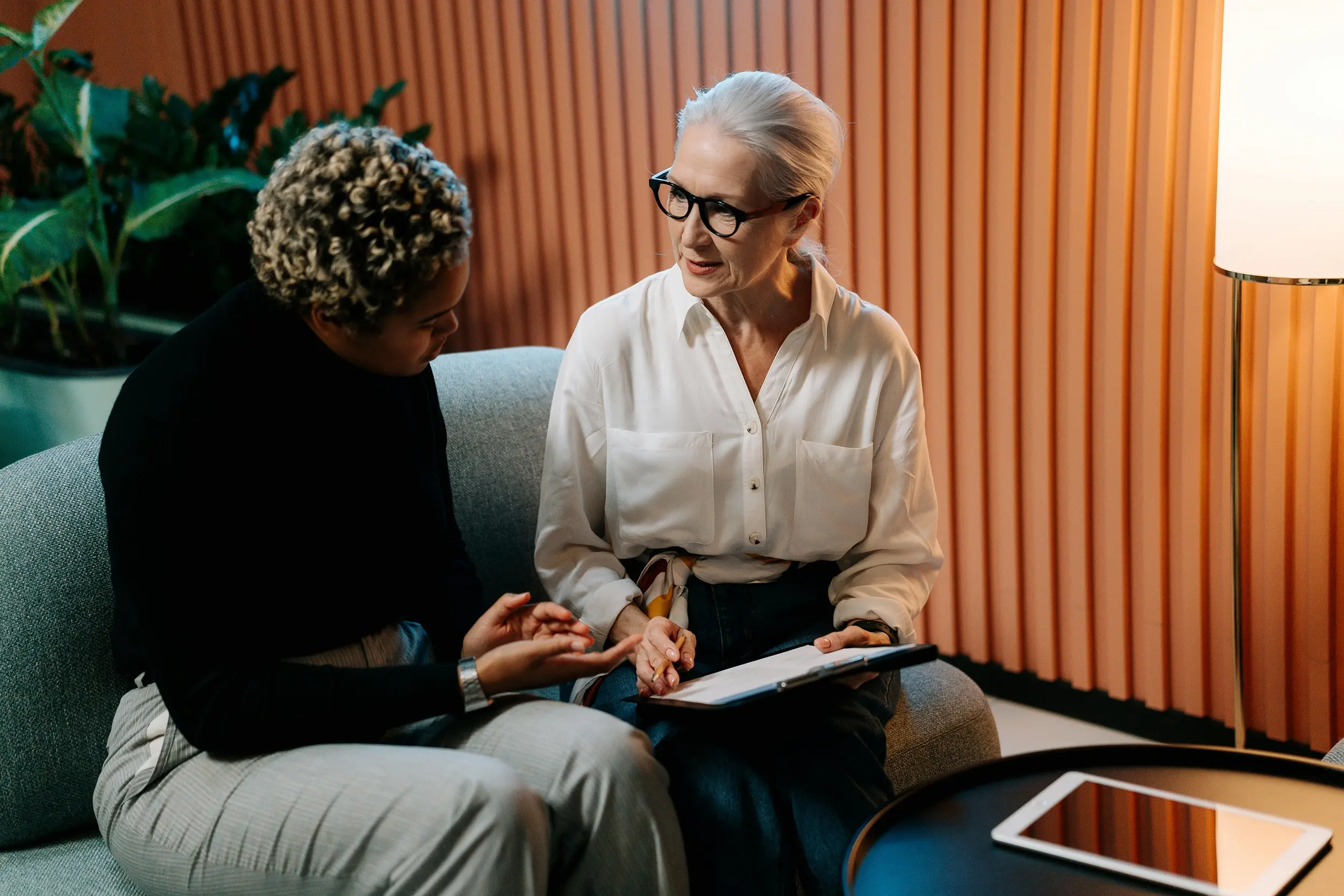Spaces designed for People, Experience and Wellbeing.
Experiential design focuses on creating spaces that prioritize people, their experiences, and overall wellbeing. It emphasizes how individuals interact with and feel within a space, aiming to craft immersive environments that tell a story, foster connection, and leave a lasting impression.
This approach can enhance health, wellness, employee satisfaction, and productivity. For example, incorporating stress-reducing elements like indoor gardens or ergonomic furniture ensures that office spaces are both functional and visually appealing.
Let’s take a look at how to enhance employee experience with an experiential office design:
Understand employee needs
The foundation of experiential office design is understanding the unique needs of employees and identifying how they work best. Inclusivity is key,ensuring the workplace accommodates everyone’s preferences and work styles.
Incorporate shared spaces
Modern workplaces are moving away from the tradition alone-desk-per-person model. Instead, shared spaces and unassigned seating are becoming the norm, promoting teamwork, collaboration, and social interaction.
Create flexible spaces
The lines between individual work, team collaboration, and leisure are blurring. Everyone is doing everything everywhere, so flexible,adaptable spaces are needed. Flexible, modular furniture allows space for all sorts of different activities and experiences.
Offer diverse spaces
To cater to a diverse workforce, a range of spaces is essential. Employees thrive when they have options, such as relaxing areas like cafes or focused workspaces like private pods. Providing a variety of environments empowers employees to choose where and how they work best.
In essence, experiential design revolves around creating workplaces that prioritize how employees feel and ensuring they enjoy their time in the space. It’s all about the experience.






